Depending on how much time you took collecting data, you might have recorded all the possible combinations of two-block structures. It appears, however, that we may need a good deal more data to really figure out when a structure will STAND and when it will TOPPLE. So, gather some more data!
Using a single brick as a base, (which means only one brick can touch the table), build stuctures with up to 10 bricks in them, recording the shape with a graph and noting whether each structure will STAND or TOPPLE. Some example structures are included in the complex structure graphs page.
Note: Try as hard as possible to make each structure STAND! If your table is not perfectly level, a structure that should STAND might not. You can account for this by rotating your structure on its base in several different directions and see if it will STAND. This will help account for any slight slope the table might have. If you can get the structure to STAND by itself on what appears to be a flat table, count it as a STAND, even if it 'really wants to TOPPLE' when you change its position.
Example Structures
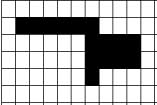
|
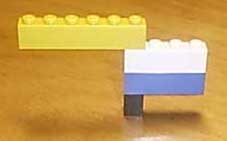
|
4 bricks
(1x1,4x1,4x1,6x1) STANDS |
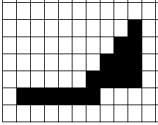
|

|
5 bricks
(6x1,4x1,3x1,2x1,1x1) STANDS |
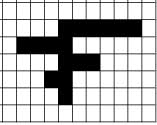
|
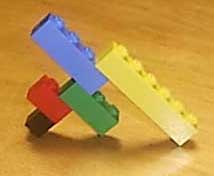
|
5 bricks
(1x1,2x1,3x1,4x1,6x1) TOPPLES |
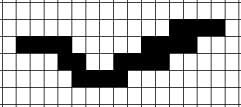
|
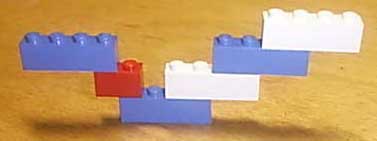
|
6 bricks
(4x1,2x1,4x1,4x1,4x1,4x1) STANDS |
With more bricks, it is much harder to describe the STAND and TOPPLE conditions! Have you made any new observations about what makes a structure likely to do one or the other? Can you devise a new hypothesis that would allow you to predict the behavior of a structure without building it? What if you count the units in the blocks on either side of the base? Does that work?
With your experimental structures, it may be useful to compare very similar structures that have different behavior. For example, the two structures below are the same except for a single 2x1 brick on the top level, and yet one STANDS and the other TOPPLES! A good hypothesis would have to predict the difference!

|
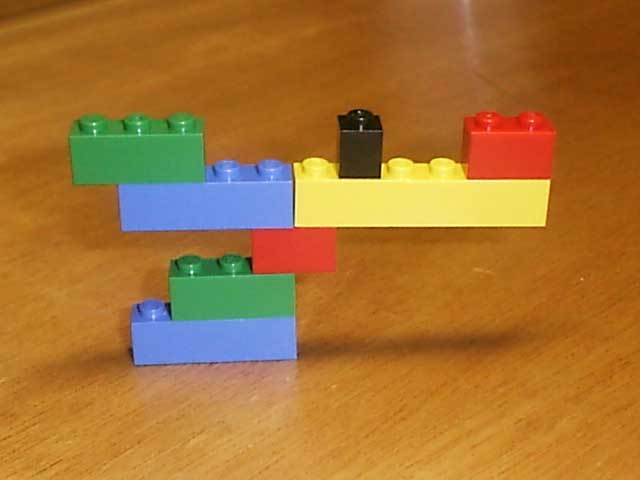
|
8 bricks
(4x1,3x1,2x1,4x1,6x1,3x1,1x1,2x1) STANDS |

|
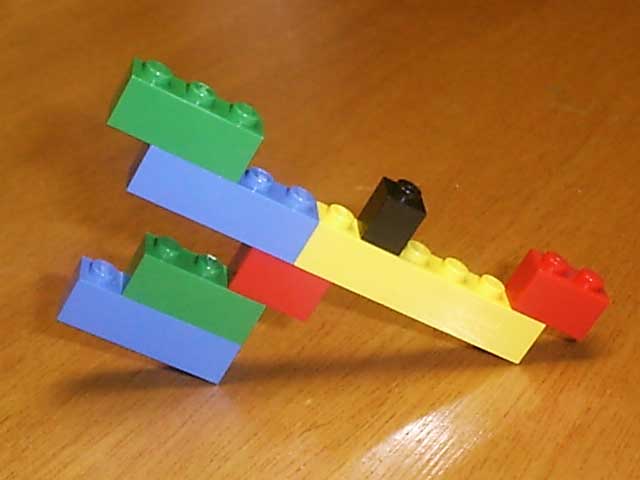
|
8 bricks
(4x1,3x1,2x1,4x1,6x1,3x1,1x1,2x1) TOPPLES |
| On to page 6! |
 The Shodor Education Foundation, Inc.
The Shodor Education Foundation, Inc.